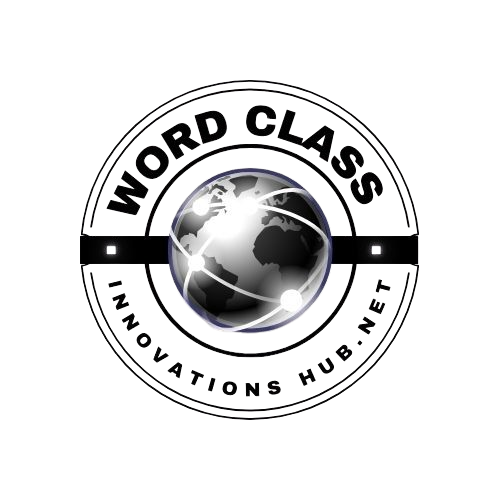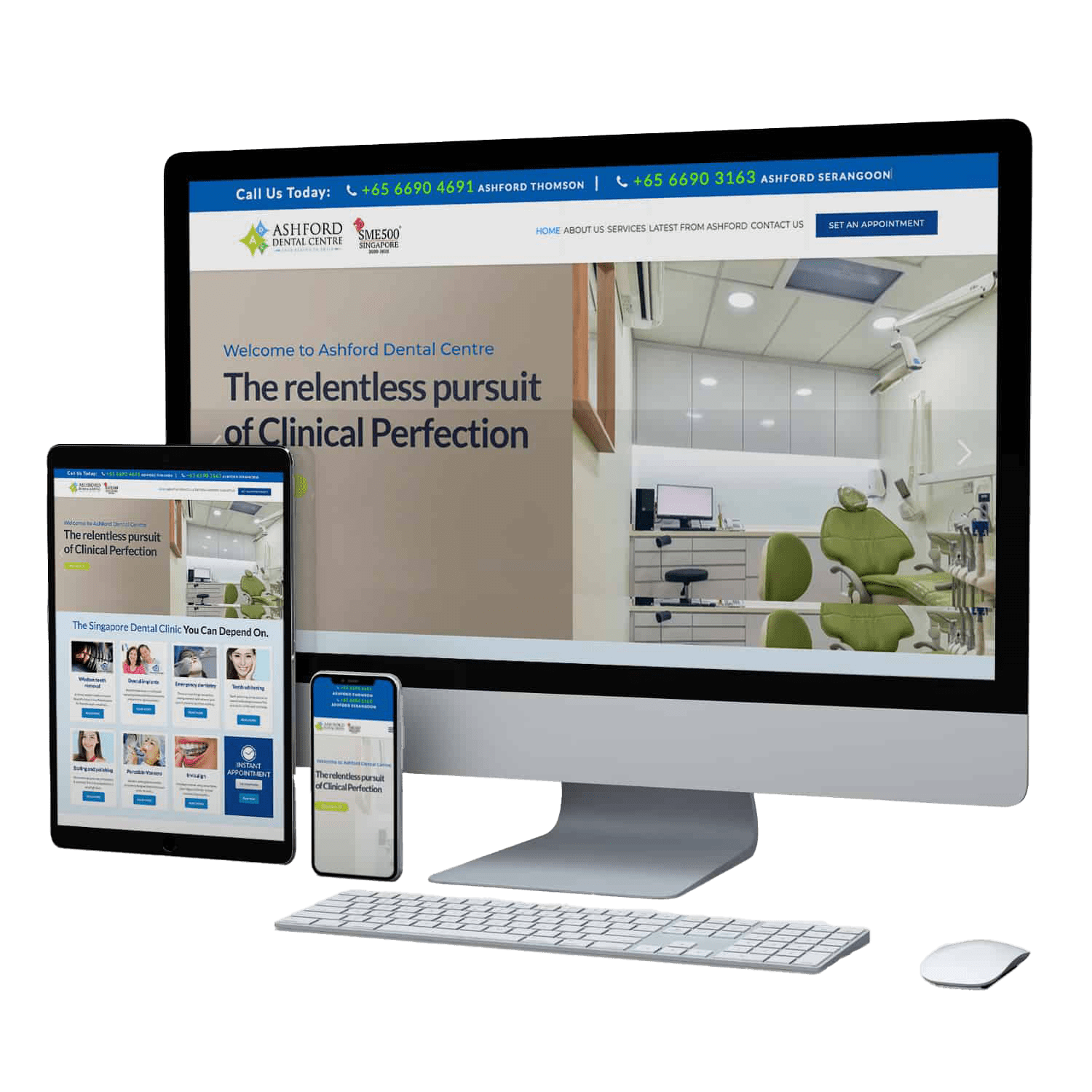Shifting from one tech role to another can feel overwhelming, especially when you’re uncertain about the tools, expectations, and job market. But a tech career change to software testing is not only achievable — it’s one of the smartest, most in-demand pivots you can make right now.
Whether you’re transitioning from IT support, web development, or a tech-adjacent non-coding job, software testing offers a rewarding pathway with job stability, a clear learning curve, and continuous career growth.
This guide will walk you through everything you need to know about making a smooth and successful transition into QA and software testing.
Why Consider a Tech Career Change to Software Testing?
Software testing has become a vital function in every digital product lifecycle. Companies across the globe are constantly shipping new apps, platforms, and updates — and they all need to work perfectly.
Here’s why many professionals are considering a tech career change to software testing:
- High demand across industries: From finance to healthcare, businesses need testers to ensure quality and reliability.
- Career progression: Start in manual QA, move to automation, then grow into roles like QA lead, test architect, or QA engineer.
- Transferable skills: If you’ve worked in tech support or dev roles, chances are you already have relevant soft and technical skills.
- Great entry point into tech: Even if you’re not from a hardcore programming background, QA offers a structured, accessible way into tech product teams.
Is Software Testing Right for Your Background?
One of the most exciting things about software testing is how well it suits individuals from various tech-adjacent roles. You might be surprised at how many of your current skills carry over.
Popular backgrounds for testers making the switch:
- IT Support: Familiarity with systems, troubleshooting, and documentation is a huge plus.
- Web Development: Already understand code logic and functionality.
- Business Analysts: Strong on processes, user journeys, and communication.
- Customer Support (Tech Products): Insight into end-user problems and product behavior.
If you’re analytical, detail-oriented, and love solving problems, a tech career change to software testing could be the perfect fit.
Core Skills You’ll Need to Succeed as a Software Tester
Success in QA doesn’t come from knowing every testing tool on the market — it comes from mastering the fundamentals and applying them practically.
Here’s what to focus on as you prepare:
- Manual testing skills: Writing test cases, understanding test scenarios, identifying bugs, and documenting results.
- Automation basics: Using tools like Selenium to write scripts that test software automatically.
- Test management tools: Get familiar with JIRA, TestRail, or similar platforms for logging bugs and managing test cases.
- SDLC and Agile methodologies: Know how testing fits into sprint cycles and release pipelines.
- Communication skills: Testers work closely with developers, designers, and product managers.
You don’t need to be a senior developer. But you do need to understand how software behaves, how to break it, and how to report bugs clearly.
Step-by-Step Guide: Making the Tech Career Change to Software Testing
Many career changers get stuck at the “where do I begin?” phase. Here’s a simplified path to help you confidently make a tech career change to software testing:
Identify your goals and gaps: Understand your current strengths. Are you better at documentation, user logic, or scripting? Identify what you still need to learn.
Pick a learning format: You can start with YouTube and free resources, but most successful transitions come from structured programs like a mentorship or bootcamp — especially those tailored for career changers.
Start practicing real tools: Hands-on experience is critical. Install Selenium, explore Postman for API testing, and get your hands dirty with test case creation.
Build your portfolio: Document test scenarios, create a bug report sample, and even contribute to open-source projects with your QA skills.
Apply for internships or entry-level roles: Don’t wait until you “know everything.” Apply early, keep learning, and iterate based on real interview feedback.
Prepare for the job interview: Expect practical questions: “How would you test a login form?” or “How do you prioritize bug reports?”
Why a Mentorship Program Can Speed Up Your Transition
Self-study works — but it’s often slow, confusing, and lonely. Many successful testers credit their growth to mentorship.
Here’s how a mentor-supported QA program can accelerate your tech career change to software testing:
- Guided structure: Learn what matters most — not just random YouTube tutorials.
- Real feedback: Improve faster by knowing exactly where you’re going wrong.
- Career support: Get help with your resume, mock interviews, and job applications.
- Confidence: Learn from someone who has already made the same switch.
Mentorship programs like those offered by platforms such as Coachuity are specifically designed to support working professionals looking to pivot efficiently — with results, not fluff.
What to Look for in a Software Testing Mentorship Program
Before you commit your time or money, make sure the program you choose checks these boxes:
- Focus on job readiness — not just theory
- Manual + automated testing coverage
- Portfolio and project support
- Mentors with real-world QA experience
- Community and accountability tools
A solid mentorship program won’t just teach you how to test — it’ll teach you how to land a job and build a sustainable QA career.
Top Tools and Technologies to Learn First
When making a tech career change to software testing, you don’t need to learn every tool out there. Focus on the essentials:
- Manual Testing Tools: TestRail, Xray, TestLink
- Bug Tracking: JIRA, Bugzilla
- API Testing: Postman, Swagger
- Automation Testing: Selenium WebDriver, Cypress, Playwright
- Scripting Language (Basic): Python, JavaScript, or Java
You can gradually add more tools as you gain confidence and experience.
How Long Does It Take to Successfully Change Careers to Software Testing?
Most career changers complete their transition within 3 to 6 months, depending on their commitment and support system.
Here’s a rough breakdown:
- Learning foundational QA skills: 1–2 months
- Hands-on testing and projects: 1–2 months
- Building a portfolio and applying: 1–2 months
With a strong mentorship program, your tech career change to software testing could be significantly faster — and more targeted toward landing your first role.
Common Mistakes Career Changers Make (and How to Avoid Them)
Avoiding these pitfalls can save you time and stress:
- Focusing only on theory: Employers want practical experience, not textbook definitions.
- Ignoring automation: Even if you start with manual QA, automation is becoming the norm.
- Not building a portfolio: Your resume is stronger with real testing projects.
- Delaying job applications: Don’t wait to be “perfect” — start applying once you’re confident in the basics.
The best testers are those who combine technical ability with critical thinking and communication — not just tool expertise.
Takeaway
The software industry continues to grow, and quality assurance is more crucial than ever. Making a tech career change to software testing positions you in a future-proof role with endless opportunities for growth.
You don’t need a computer science degree or years of coding experience. What you do need is the right mindset, training, and support to make the leap.
With the help of a focused mentorship program and your transferable skills, you can pivot with purpose, build a portfolio that stands out, and start earning in QA faster than you thought possible.







